



















The fifth and fourth centuries B.C. were a time of worldwide intellectual ferment. It was an age of great thinkers, such as Socrates and Plato, Confucius and Laozi. In India, it was the age of the Buddha, after whose death a religion developed that eventually spread far beyond its homeland.
Related
Siddhartha, the prince who was to become the Buddha, was born into the royal family of Kapilavastu, a small kingdom in the Himalayan foothills. His was a divine conception and miraculous birth, at which sages predicted that he would become a universal conqueror, either of the physical world or of men's minds. It was the latter conquest that came to pass. Giving up the pleasures of the palace to seek the true purpose of life, Siddhartha first tried the path of severe asceticism, only to abandon it after six years as a futile exercise. He then sat down in yogic meditation beneath a banyan tree until he achieved enlightenment. He was known henceforth as the Buddha, or "Enlightened One."
His is the Middle Path, rejecting both luxury and asceticism. Buddhism proposes a life of good thoughts, good intentions, and straight living, all with the ultimate aim of achieving nirvana, release from earthly existence. For most beings, nirvana lies in the distant future, because Buddhism, like other faiths of India, believes in a cycle of rebirth. Humans are born many times on earth, each time with the opportunity to perfect themselves further. And it is their own karma-the sum total of deeds, good and bad-that determines the circumstances of a future birth. The Buddha spent the remaining forty years of his life preaching his faith and making vast numbers of converts. When he died, his body was cremated, as was customary in India.
The cremated relics of the Buddha were divided into several portions and placed in relic caskets that were interred within large hemispherical mounds known as stupas. Such stupas constitute the central monument of Buddhist monastic complexes. They attract pilgrims from far and wide who come to experience the unseen presence of the Buddha. Stupas are enclosed by a railing that provides a path for ritual circumambulation. The sacred area is entered through gateways at the four cardinal points.
In the first century B.C., India's artists, who had worked in the perishable media of brick, wood, thatch, and bamboo, adopted stone on a very wide scale. Stone railings and gateways, covered with relief sculptures, were added to stupas. Favorite themes were events from the historic life of the Buddha, as well as from his previous lives, which were believed to number 550. The latter tales are called jatakas and often include popular legends adapted to Buddhist teachings.
In the earliest Buddhist art of India, the Buddha was not represented in human form. His presence was indicated instead by a sign, such as a pair of footprints, an empty seat, or an empty space beneath a parasol.
In the first century A.D., the human image of one Buddha came to dominate the artistic scene, and one of the first sites at which this occurred was along India's northwestern frontier. In the area known as Gandhara, artistic elements from the Hellenistic world combined with the symbolism needed to express Indian Buddhism to create a unique style. Youthful Buddhas with hair arranged in wavy curls resemble Roman statues of Apollo; the monastic robe covering both shoulders if arranged in heavy classical folds, reminiscent of a Roman toga. There are also many representations of Siddhartha as a princely bejeweled figure prior to his renunciation of palace life. Buddhism evolved the concept of a Buddha of the Future, Maitreya, depicted in art both as a Buddha clad in a monastic robe and as a princely bodhisattva before enlightenment. Gandharan artists made use of both stone and stucco to produce such images, which were placed in nichelike shrines around the stupa of a monastery. Contemporaneously, the Kushan-period artists in Mathura, India, produced a different image of the Buddha. His body was expanded by sacred breath (prana), and his clinging monastic robe was draped to leave the right shoulder bare.
A third influential Buddha type evolved in Andhra Pradesh, in southern India, where images of substantial proportions, with serious, unsmiling faces, were clad in robes that created a heavy swag at the hem and revealed the left shoulder. These southern sites provided artistic inspiration for the Buddhist land of Sri Lanka, off the southern tip of India, and Sri Lankan monks regularly visited the area. A number of statues in this style have been found as well throughout Southeast Asia.
The succeeding Gupta period, from the fourth to the sixth century A.D., in northern India, sometimes referred to as a Golden Age, witnessed the creation of an "ideal image" of the Buddha. This was achieved by combining selected traits from the Gandharan region with the sensuous form created by Mathura artists. Gupta Buddhas have their hair arranged in tiny individual curls, and the robes have a network of strings to suggest drapery folds (as at Mathura) or are transparent sheaths (as at Sarnath). With their downward glance and spiritual aura, Gupta Buddhas became the model for future generations of artists, whether in post-Gupta and Pala India or in Nepal, Thailand, and Indonesia. Gupta metal images of the Buddha were also take by pilgrims along the Silk Road to China.
Over the following centuries there emerged a new form of Buddhism, which involved an expanding pantheon and more elaborate rituals. This later Buddhism introduced the concept of heavenly bodhisattvas as well as goddesses, of whom the most popular was Tara. In Nepal and Tibet, where exquisite metal images and paintings were produced, an entire set of new divinities were created and portrayed in both sculpture and painted scrolls. Ferocious deities were introduced in the role of protectors of Buddhism and its believers. Images of a more esoteric nature, depicting god and goddess in embrace, were produced to demonstrate the metaphysical concept that salvation resulted from the union of wisdom (female) and compassion (male). Buddhism had traveled a long way from its simple beginnings.


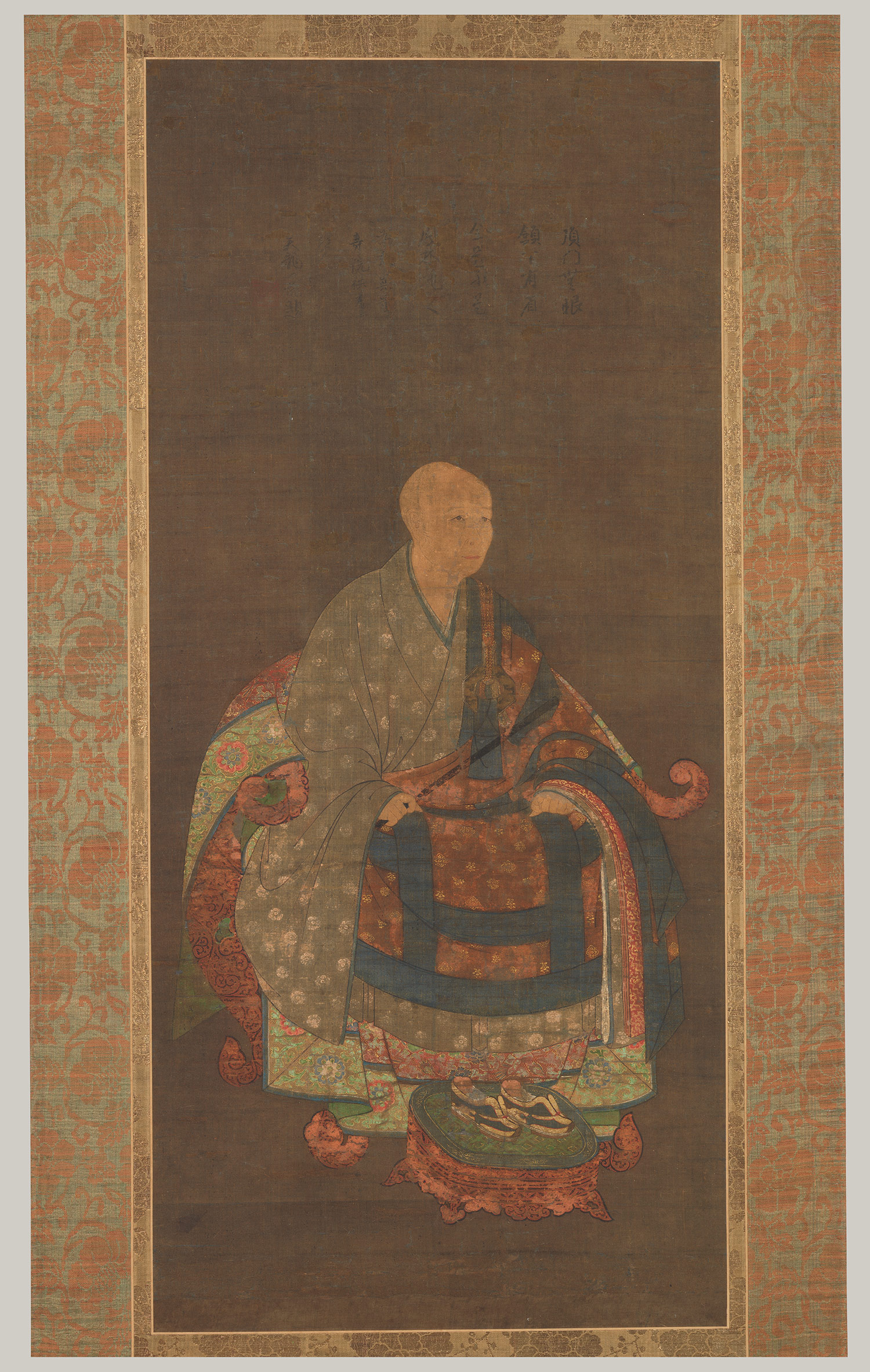

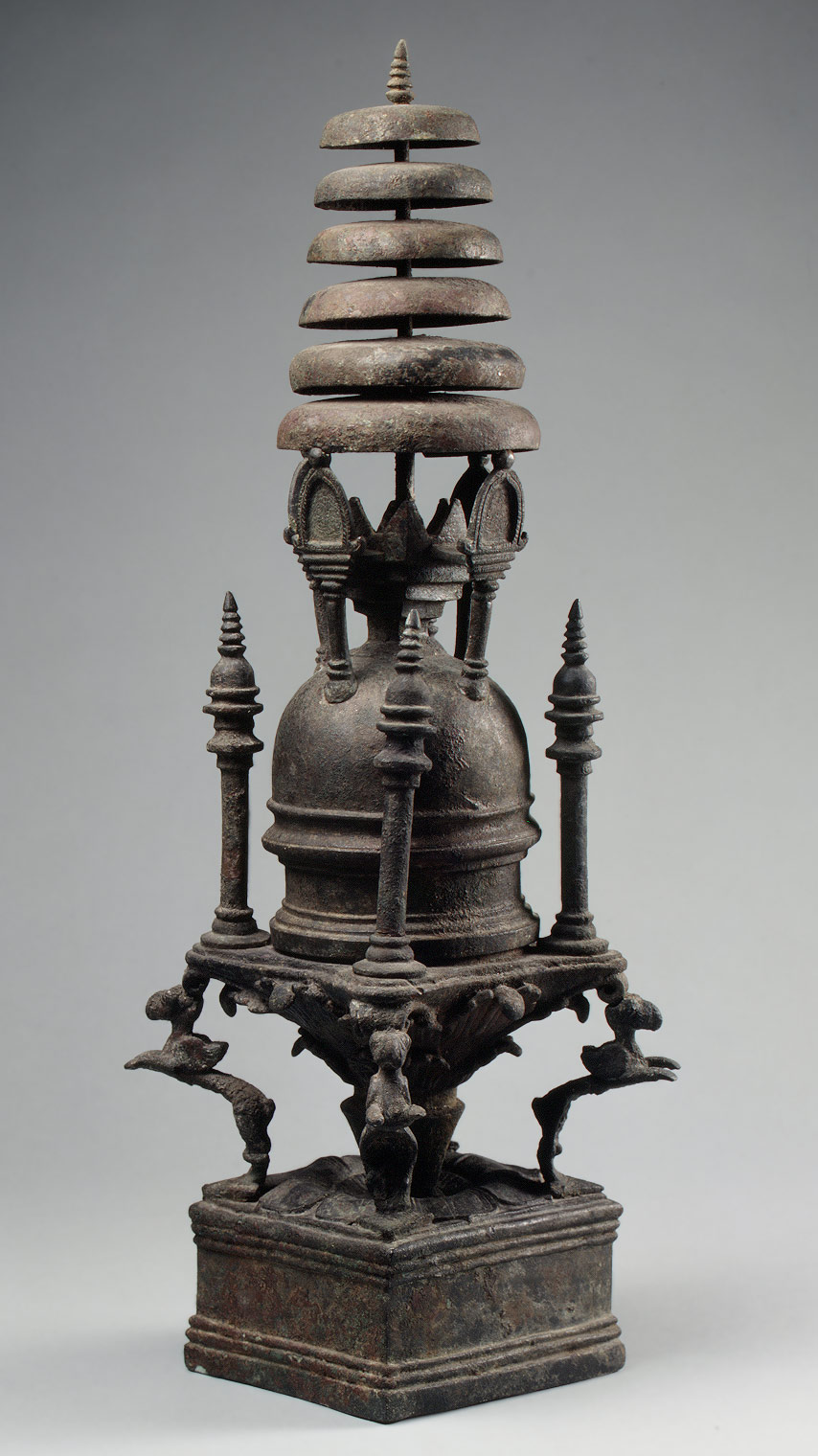
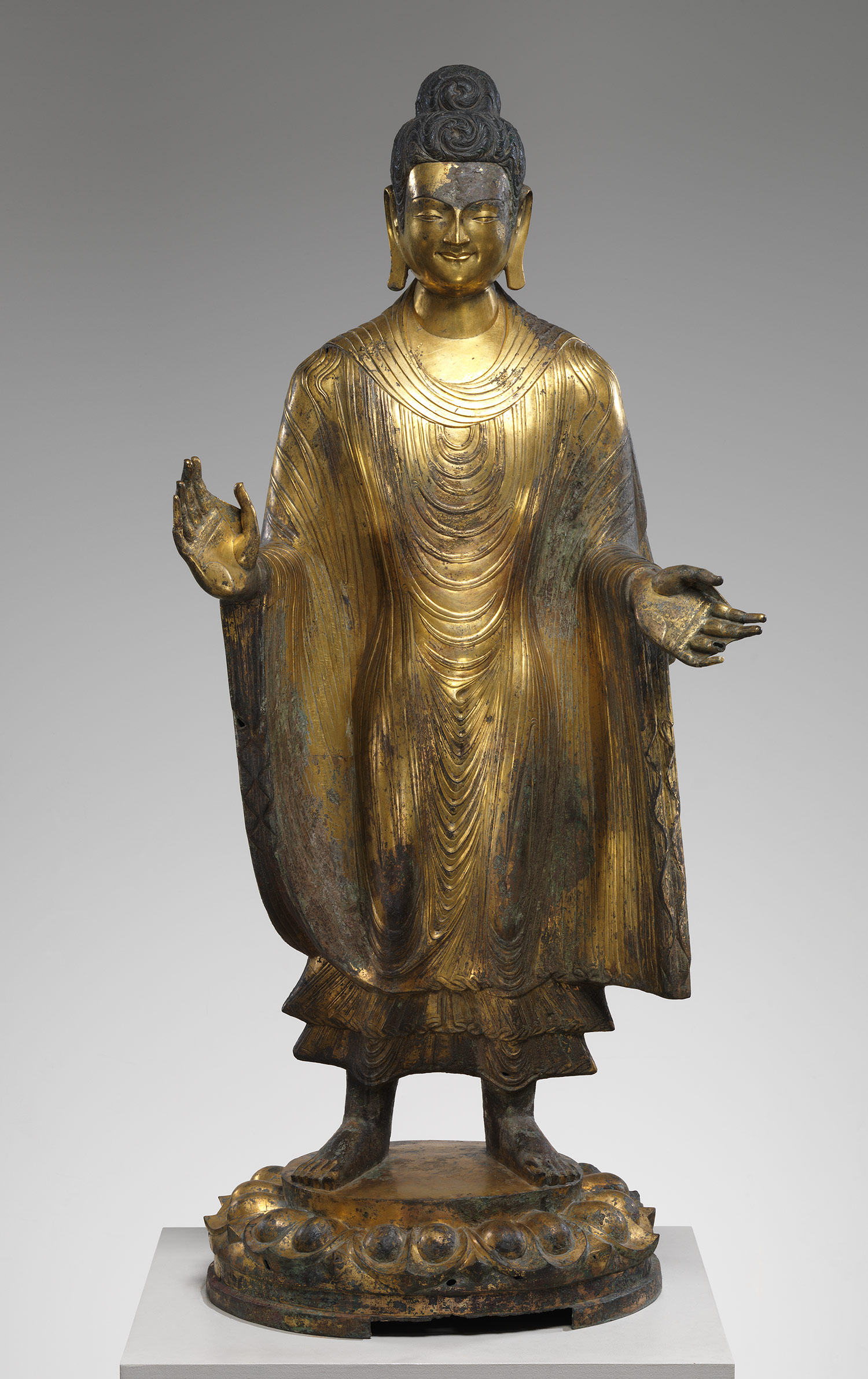
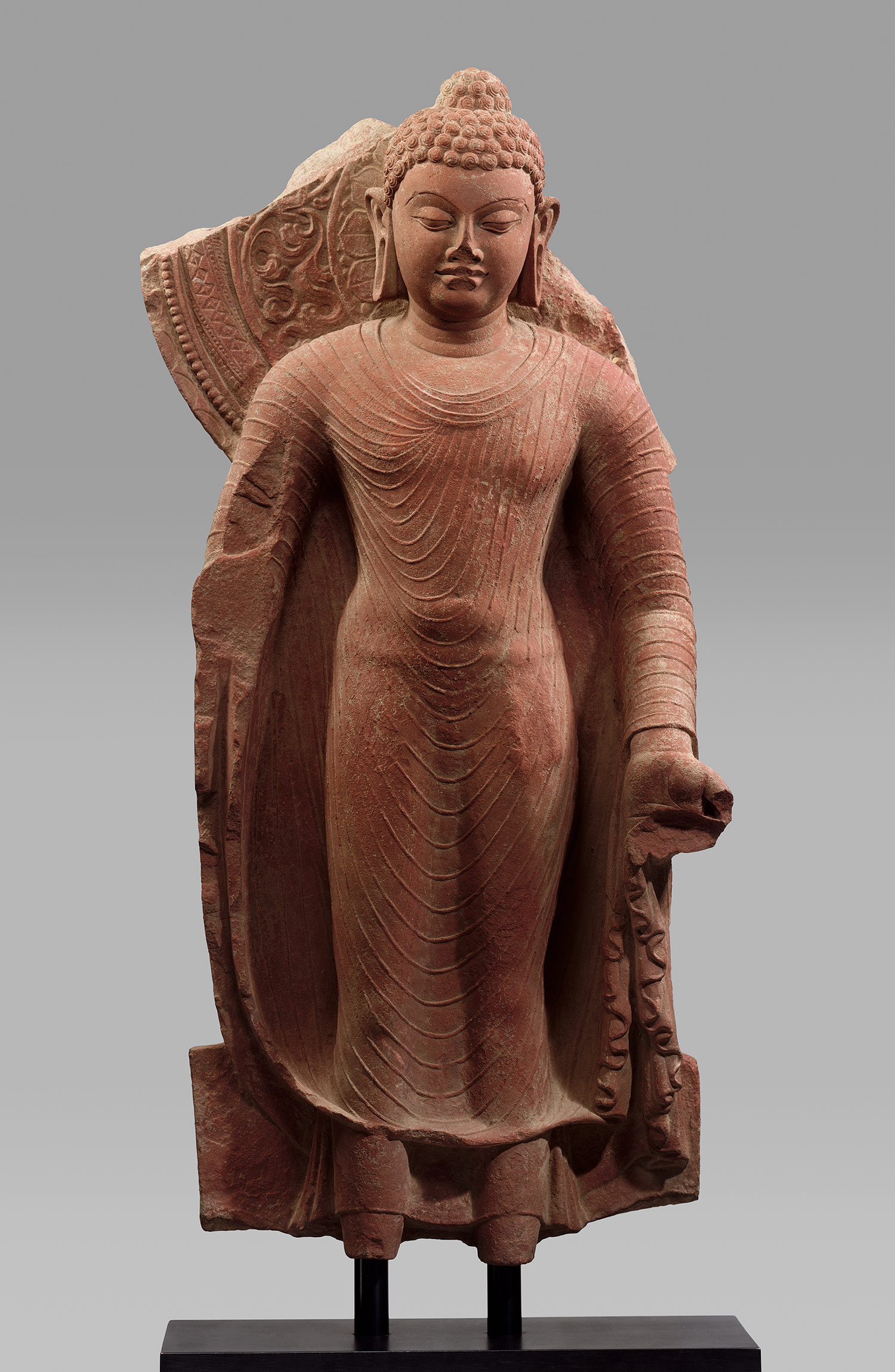

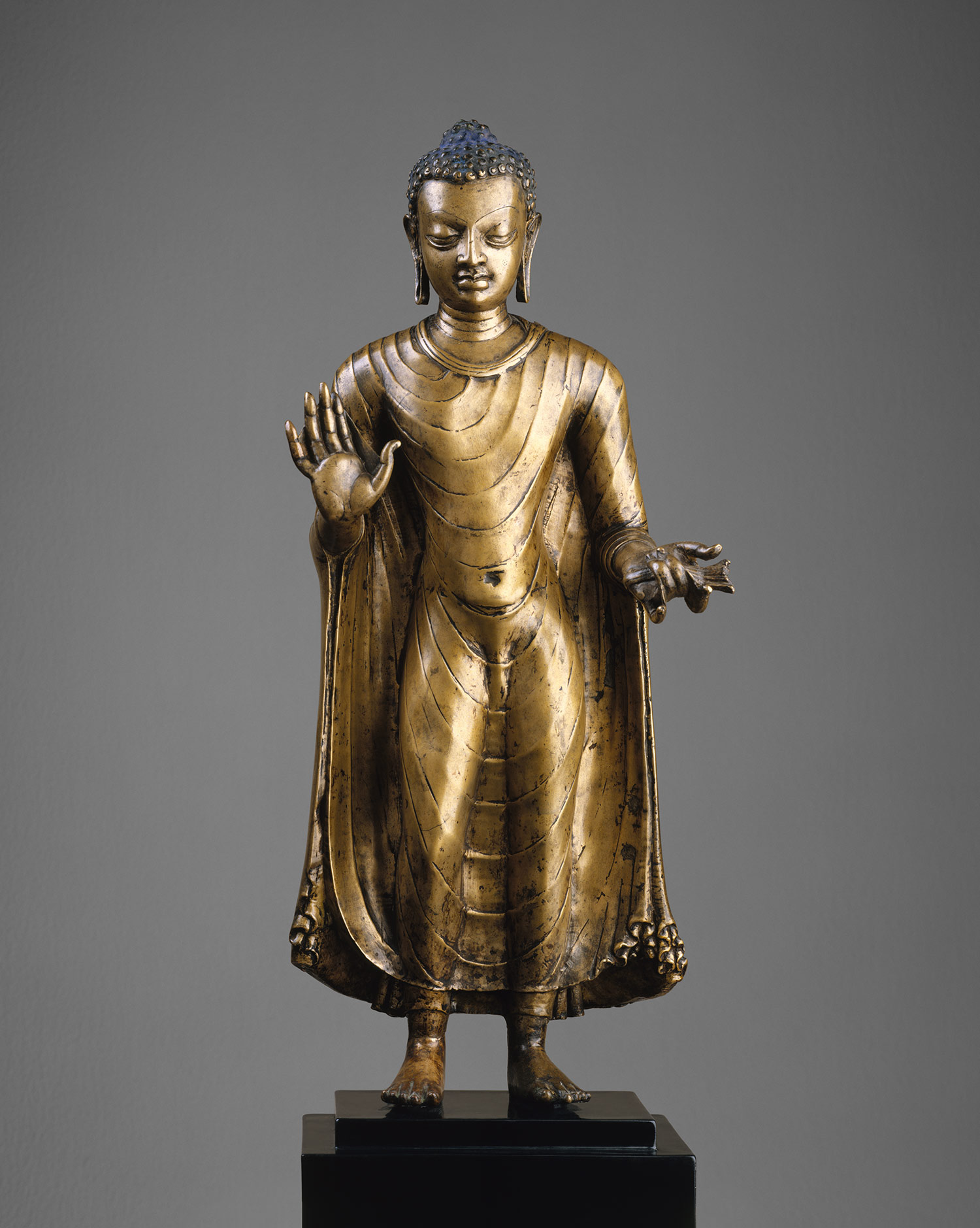
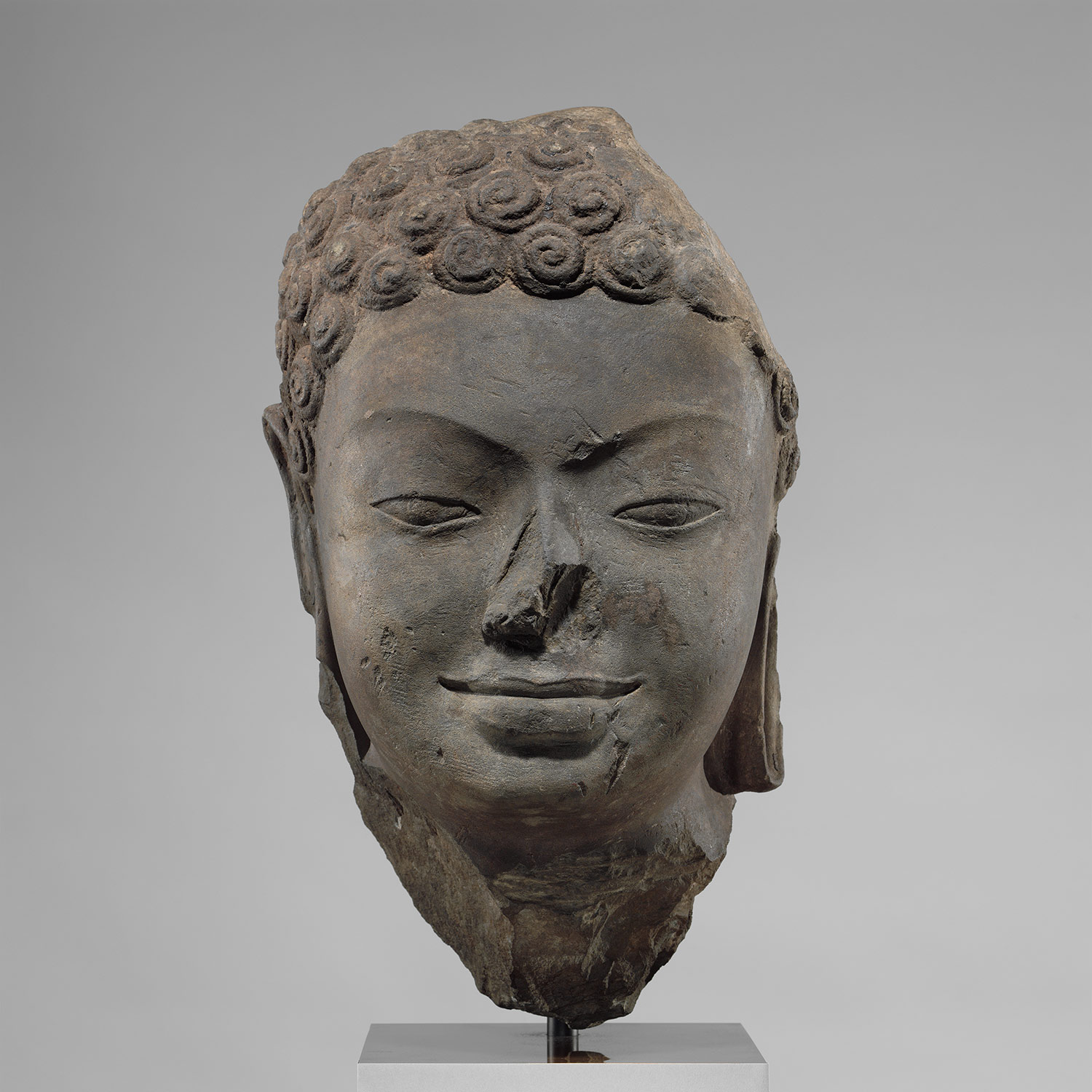
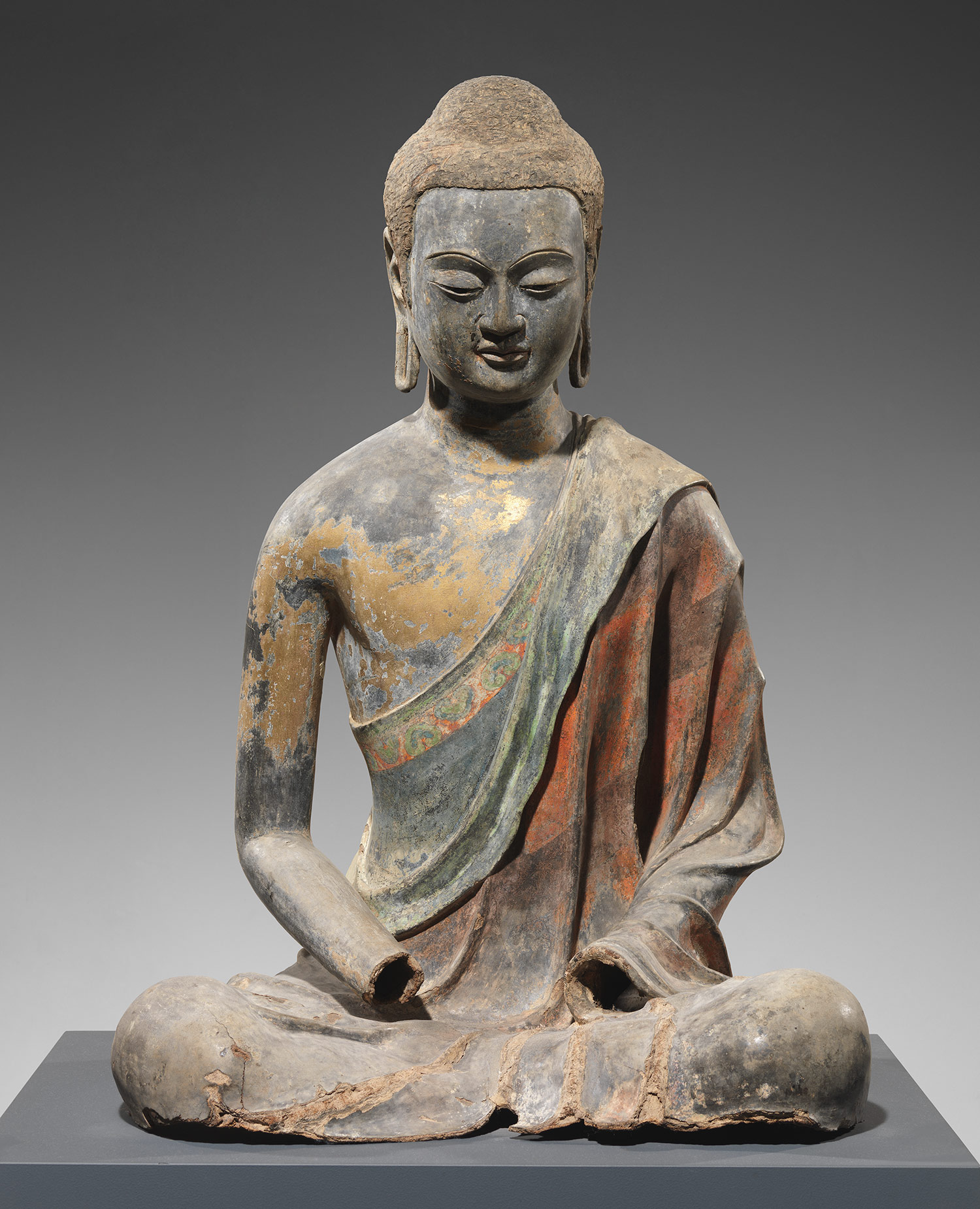
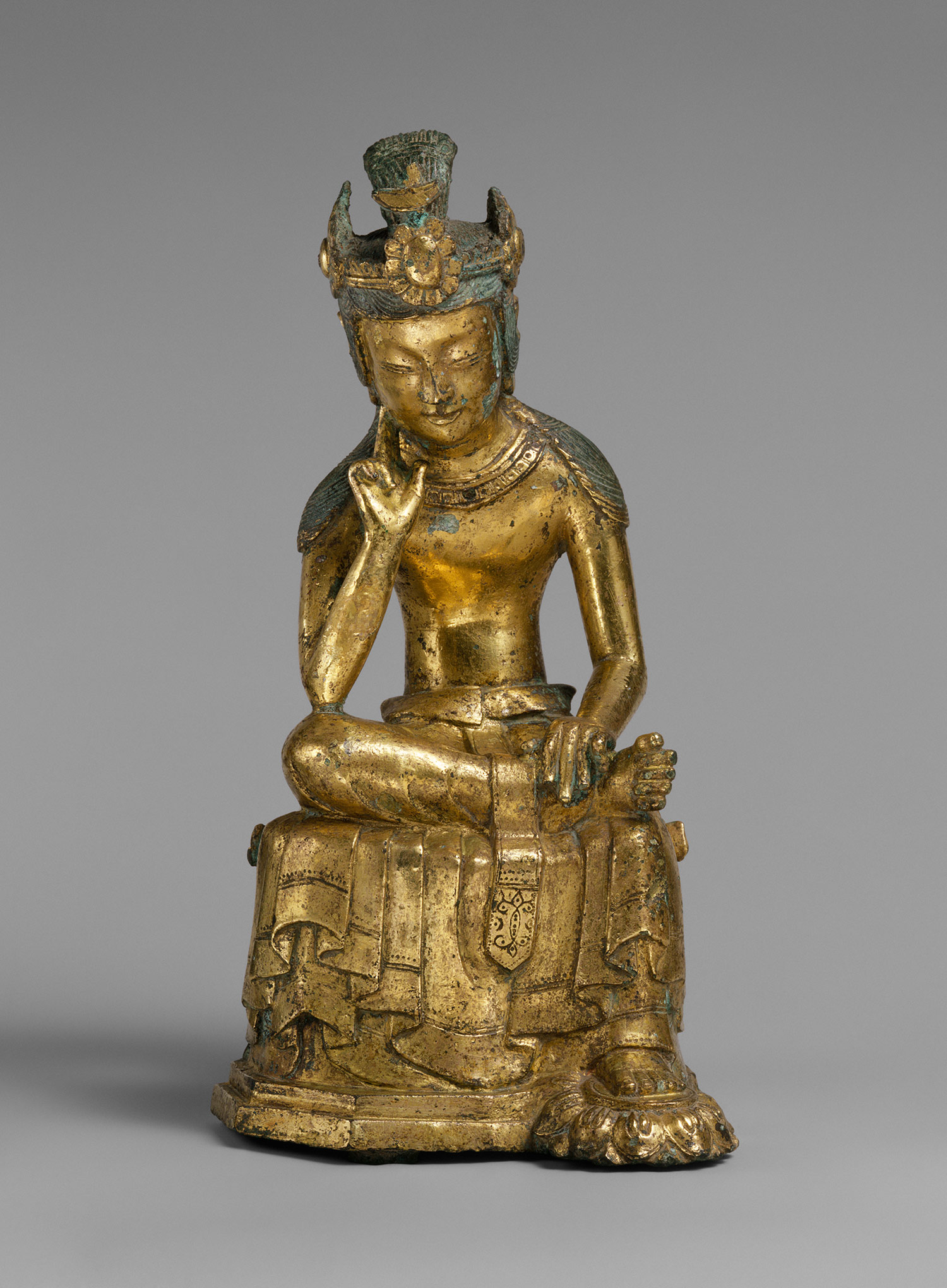
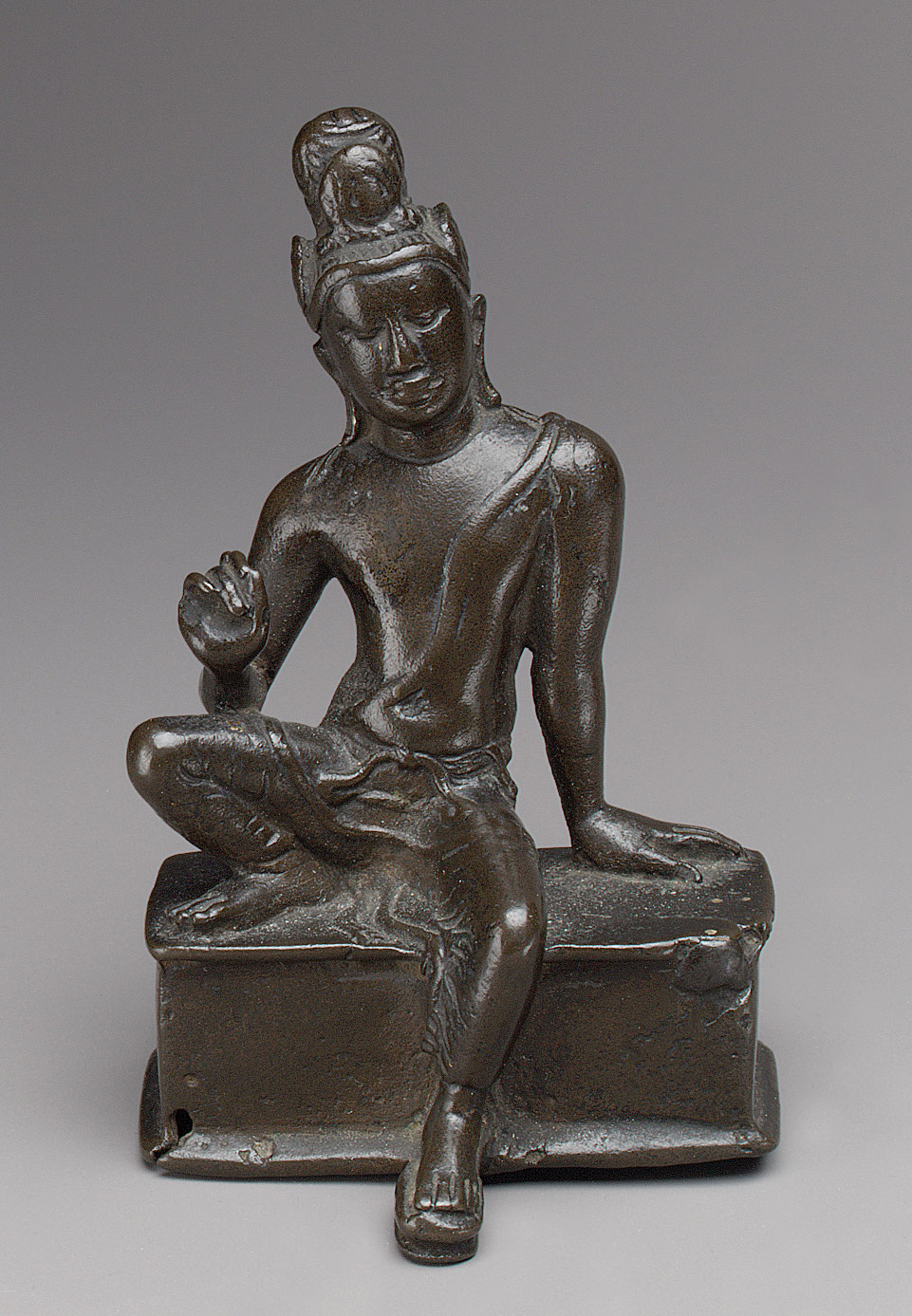
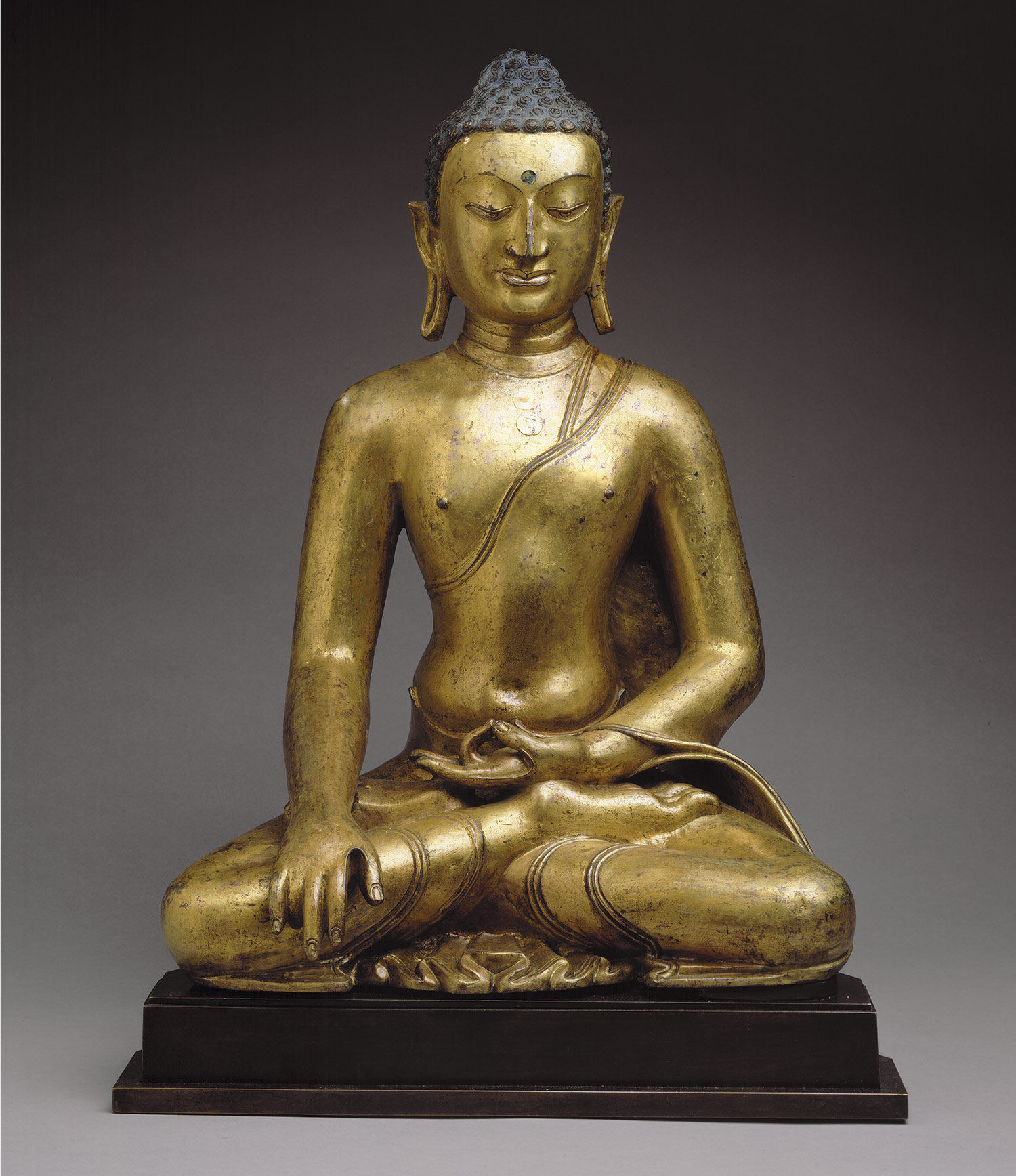
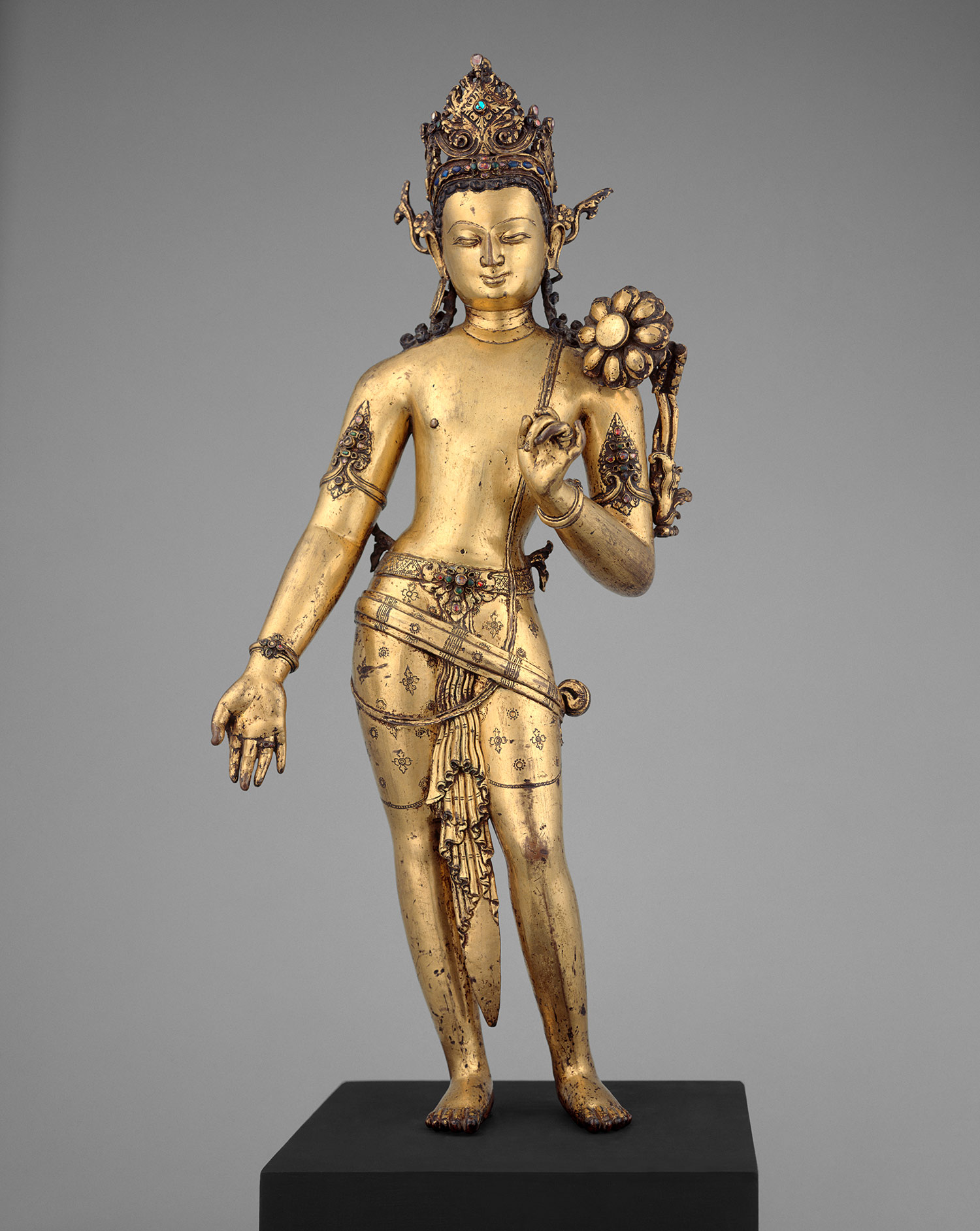
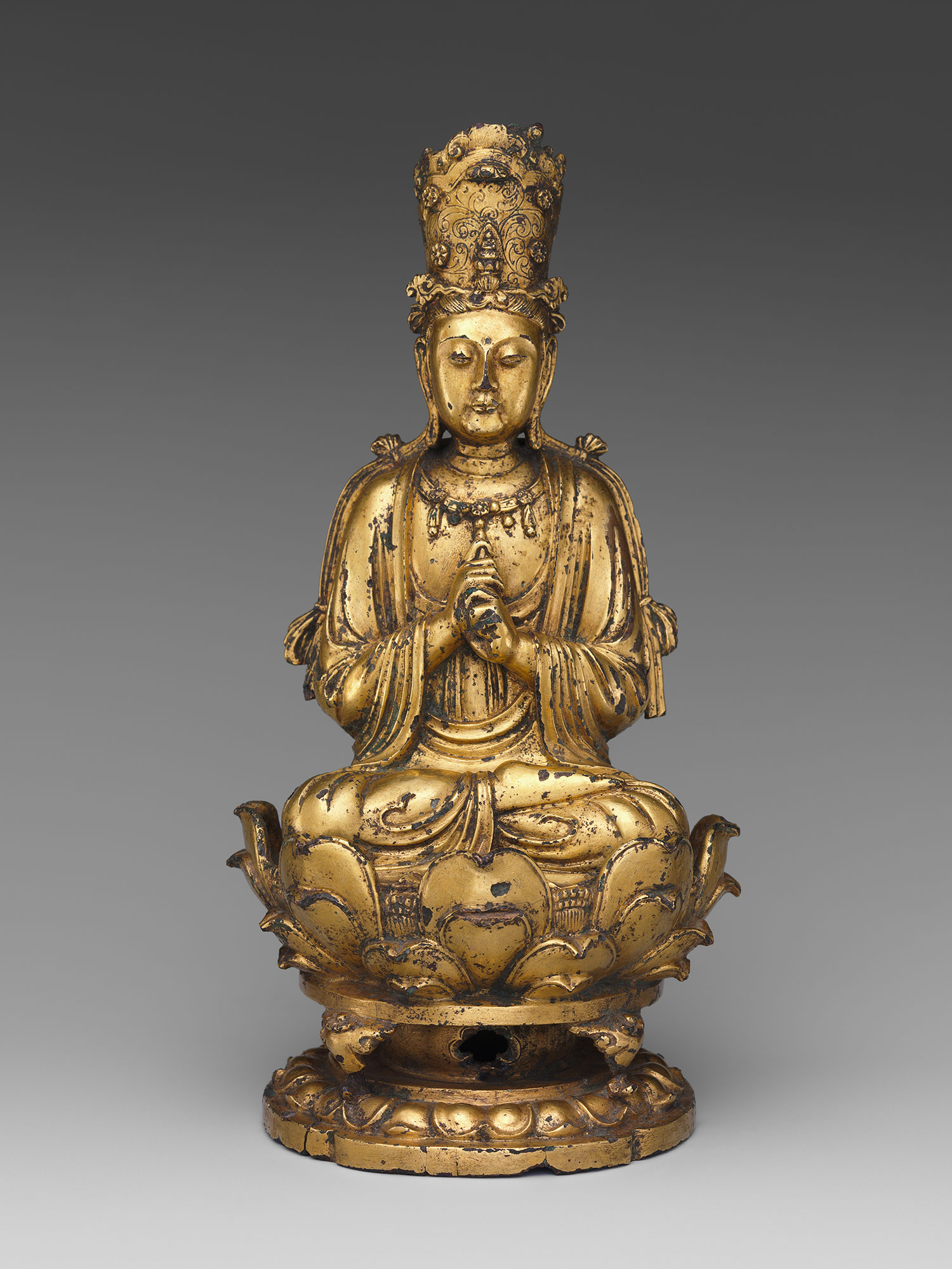
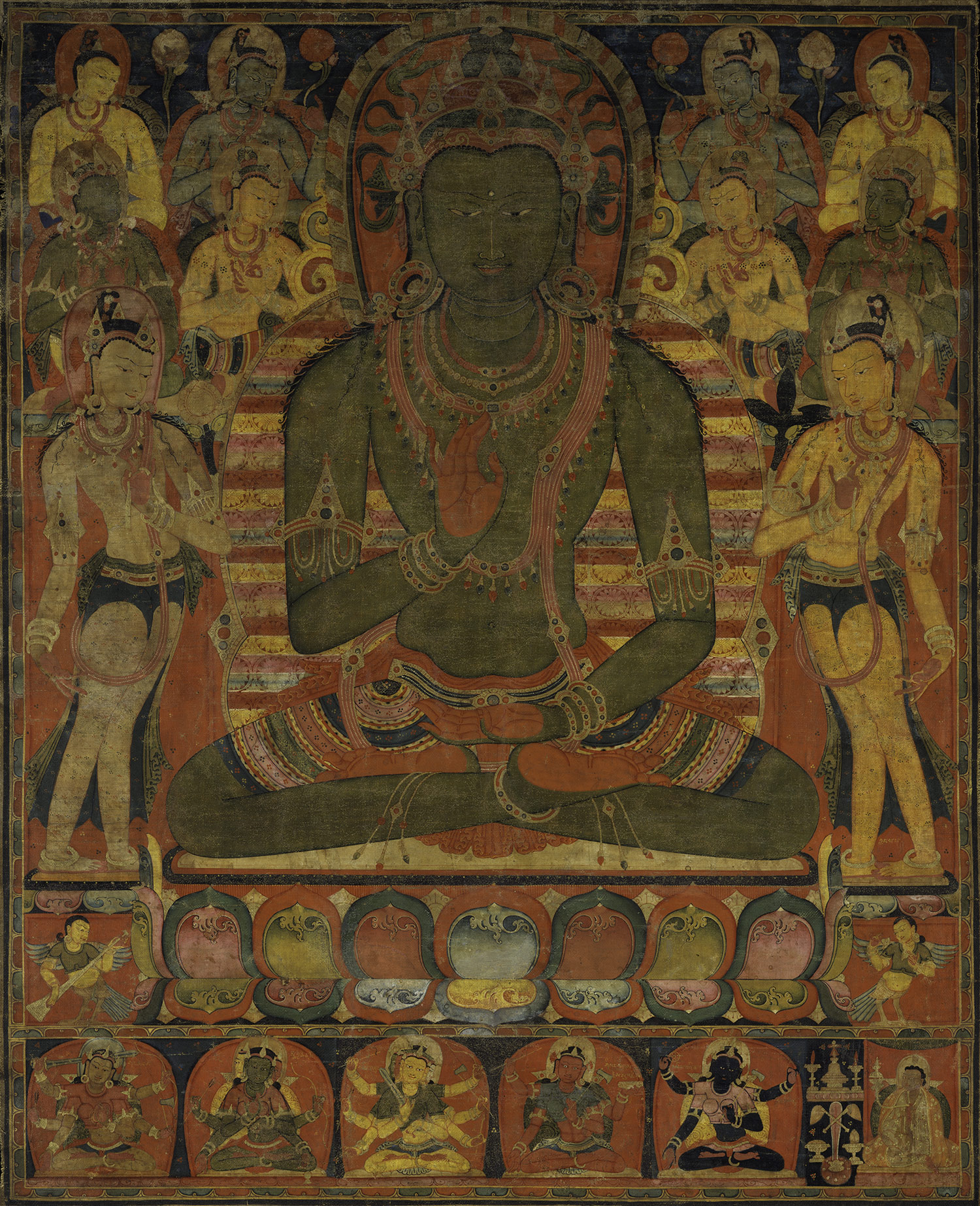
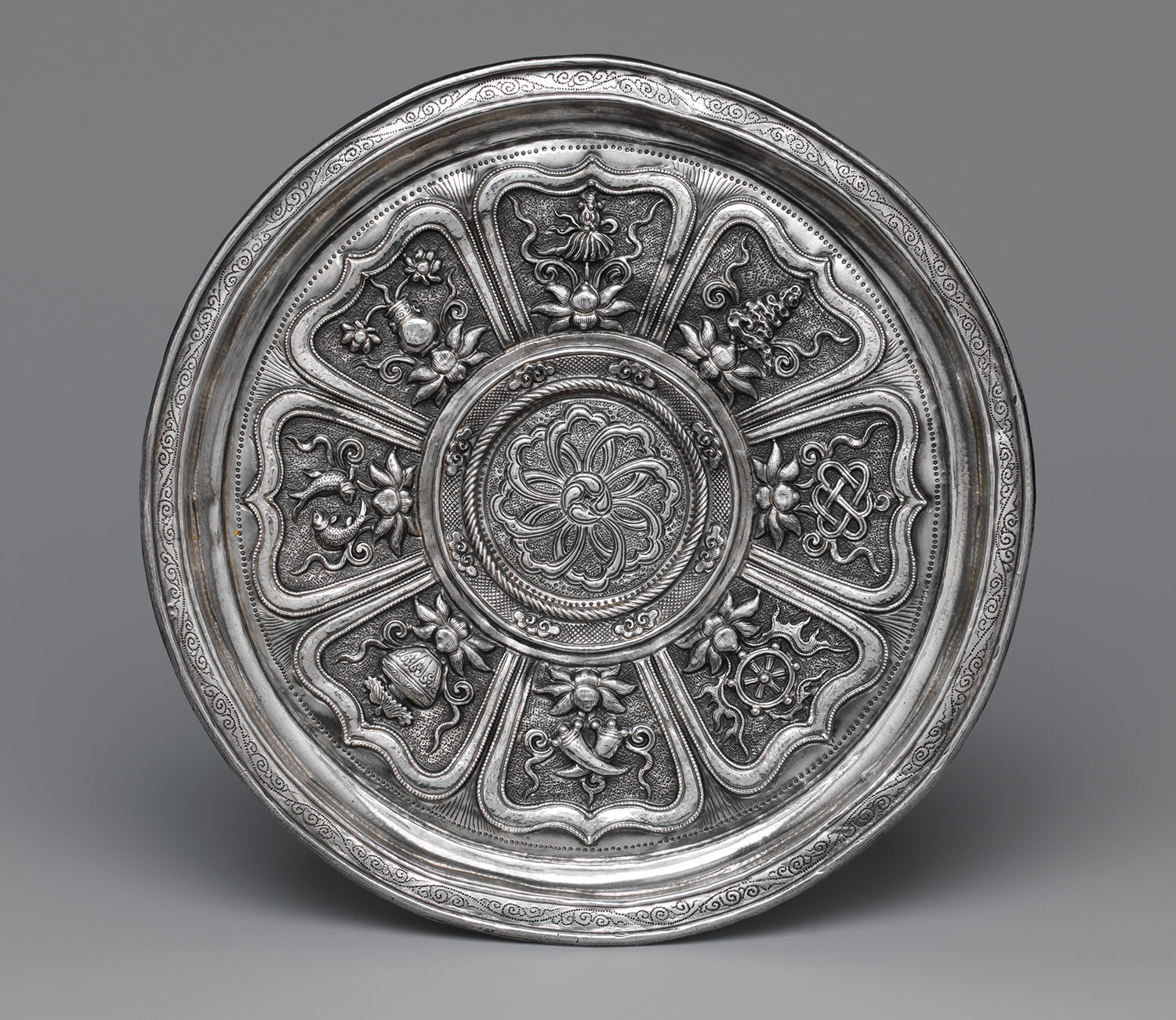
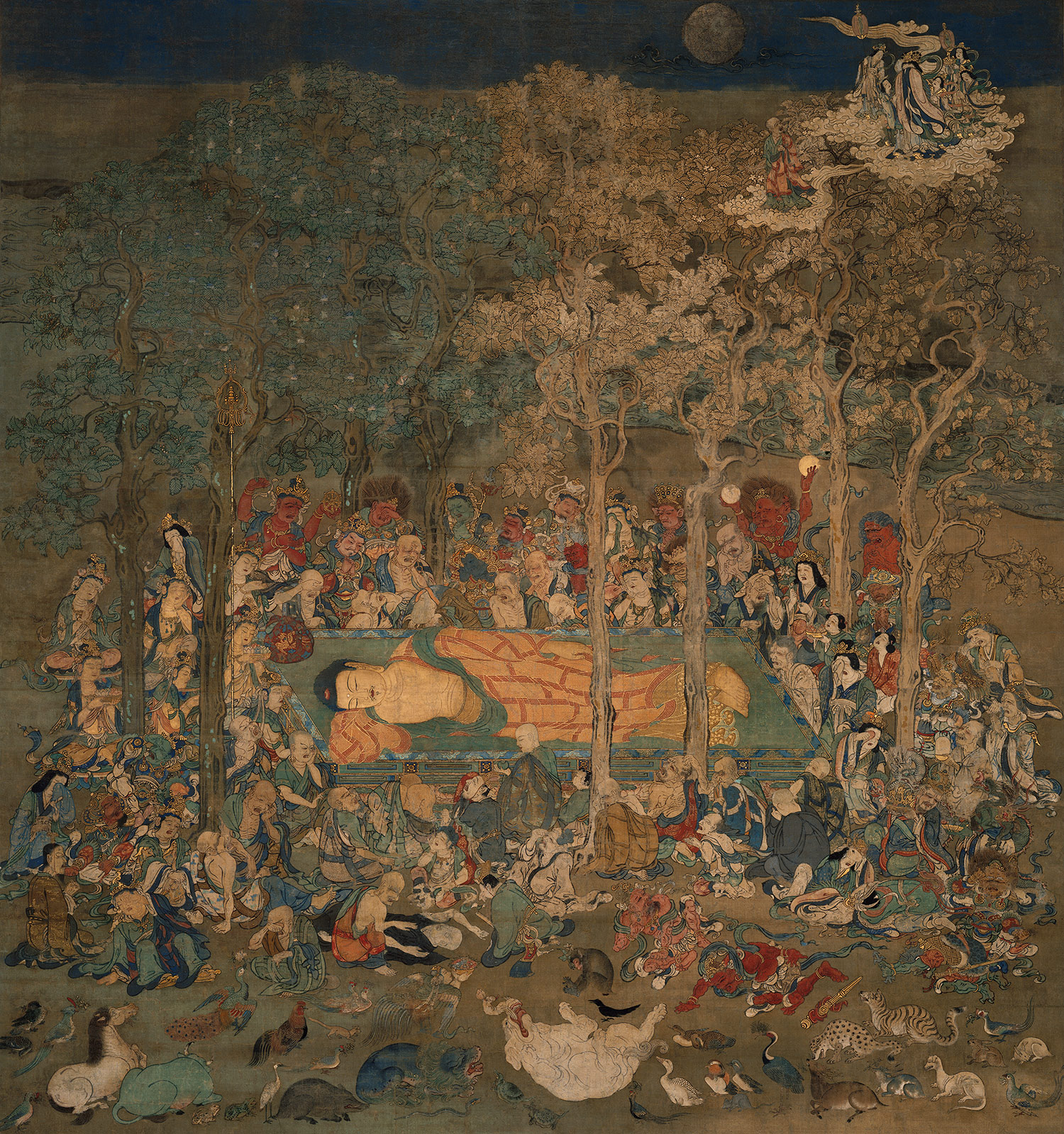
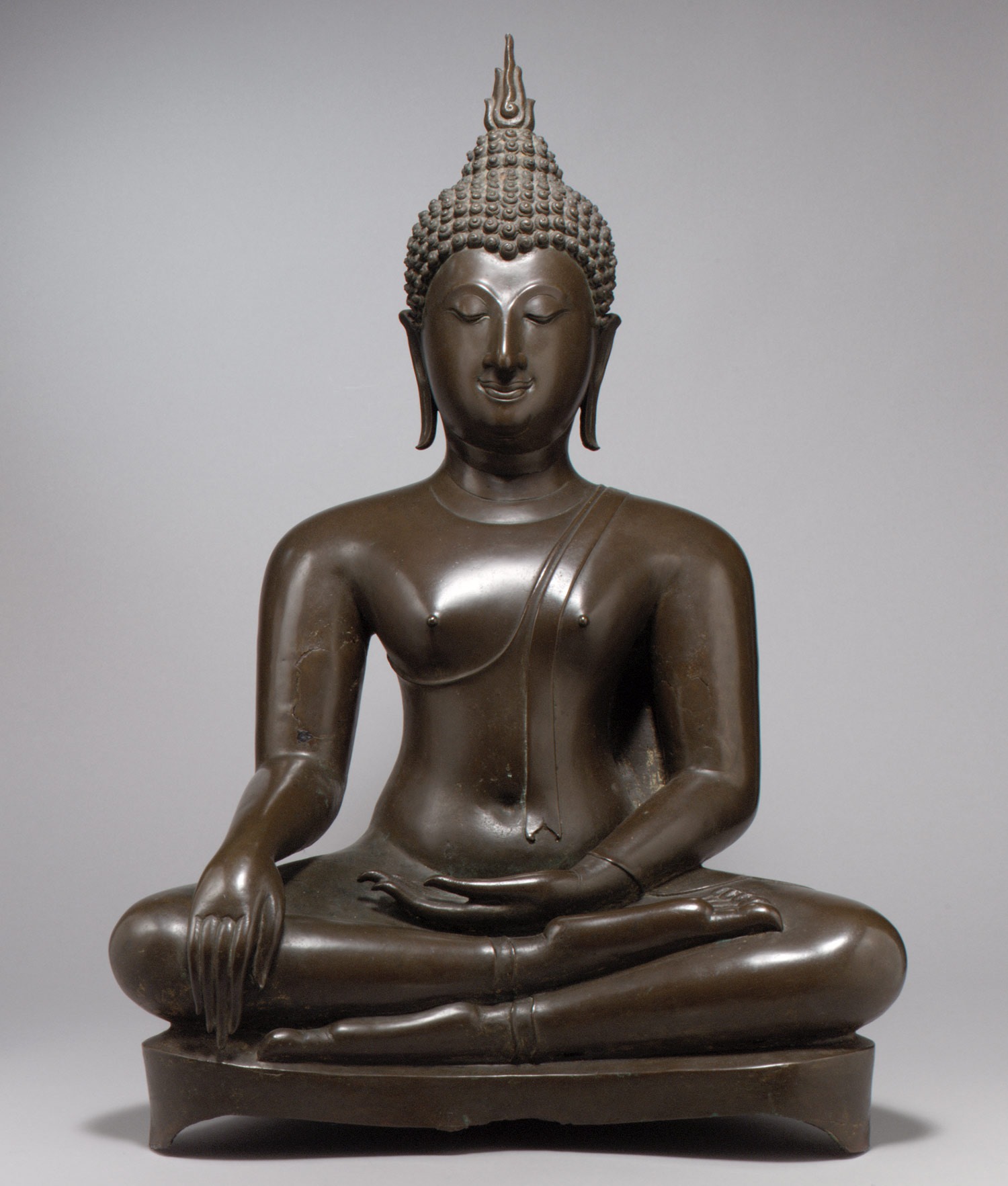
 Timelines (12)
Timelines (12)
No comments:
Post a Comment